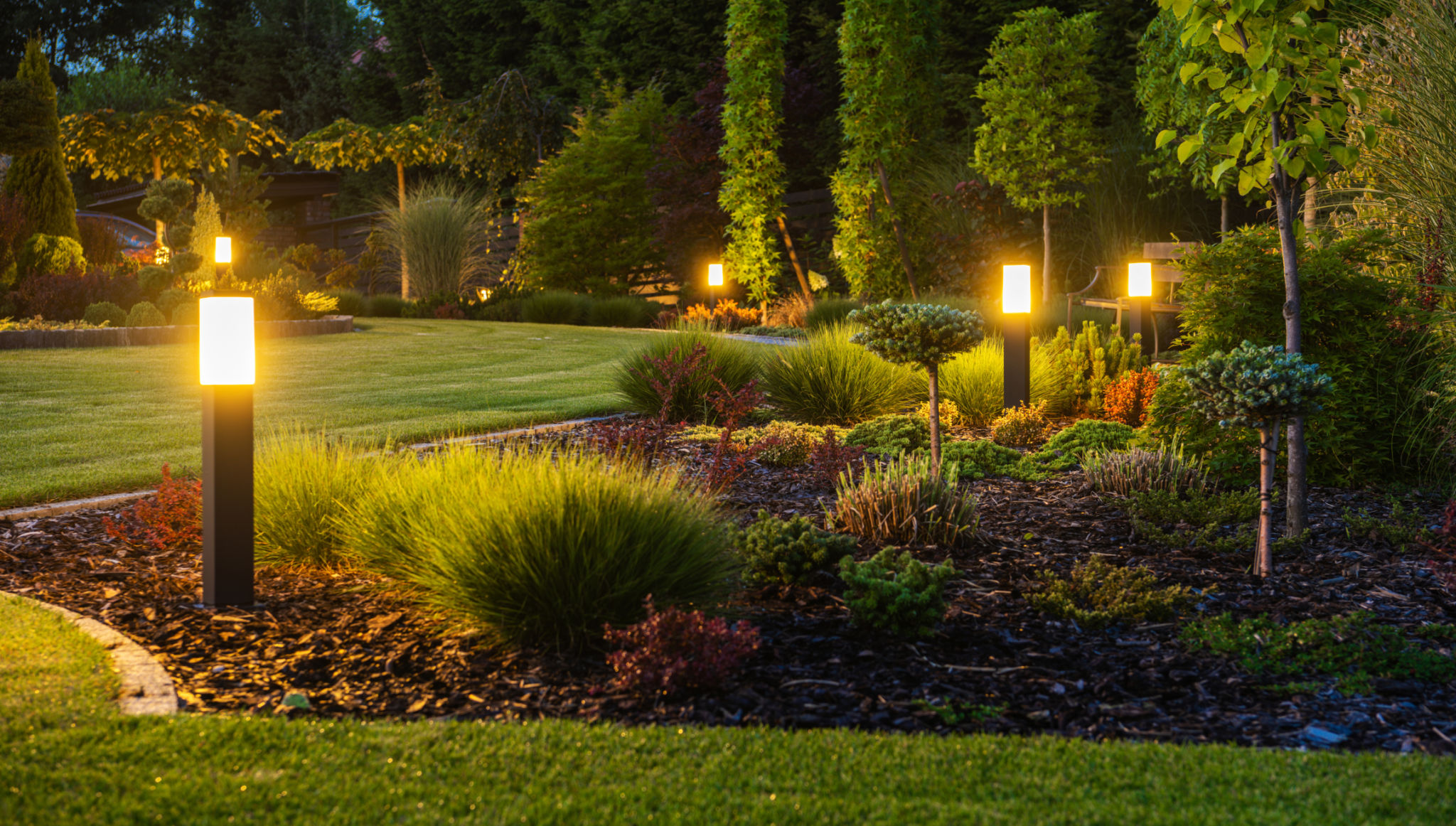The Ultimate Guide to Landscaping Your Hamilton Home
Understanding Your Space and Needs
Before diving into landscaping, it's crucial to assess your Hamilton home's outdoor space. Consider the size of your yard, the climate, and how you intend to use the space. Will you need a play area for children, a garden for vegetables, or a patio for entertaining guests? Understanding your needs will help you make informed decisions when planning your landscape design.

Take note of existing features such as trees, slopes, and sun exposure. These natural elements can influence plant choices and garden layout. For instance, shaded areas may suit certain plants better than sun-drenched spots. Additionally, think about the maintenance level you're comfortable with—some landscapes require more upkeep than others.
Designing Your Landscape
Once you've assessed your space, it's time to design your landscape. Start by sketching a rough layout of your yard. Include existing features and areas where you'd like to add new elements. Consider incorporating a mix of hardscapes and softscapes to create visual interest and functionality.

Hardscapes such as patios, walkways, and retaining walls provide structure and define different areas within your landscape. Softscapes include plants, flowers, and grass that add life and color to your yard. Aim for a balance between the two to achieve a cohesive look.
Choosing the Right Plants
The plants you choose can significantly impact the aesthetic and health of your landscape. Opt for native plants that thrive in Hamilton's climate, as they typically require less water and maintenance. Consider a mix of perennials and annuals to ensure your garden remains vibrant throughout the year.
- Perennials: These plants return year after year, providing a reliable backbone for your garden.
- Annuals: Though they last only one season, annuals offer an opportunity to experiment with color and variety.
- Shrubs and Trees: These larger plants add height and structure to your design.

Implementing Sustainable Practices
Sustainable landscaping not only benefits the environment but can also reduce maintenance efforts. Consider installing a rainwater harvesting system to collect water for irrigation. Use mulch in garden beds to retain moisture and suppress weeds. Choose drought-resistant plants that require less water.
Another sustainable approach is incorporating composting into your landscaping routine. Compost improves soil quality, reduces the need for chemical fertilizers, and minimizes waste by recycling kitchen and yard scraps.
Lighting and Decoration
Lighting can transform your outdoor space into a magical haven after dark. Use solar-powered or LED lights along pathways, around patios, or in garden beds to create ambiance while being energy-efficient. Decorative elements like sculptures, fountains, or bird feeders add personality and charm to your landscape.

By considering all these aspects—design, plant selection, sustainability, and decoration—you can create a stunning landscape that enhances the beauty of your Hamilton home while reflecting your personal style. Whether you're embarking on a DIY project or hiring professionals, the ultimate goal is to enjoy a functional and aesthetically pleasing outdoor space for years to come.
